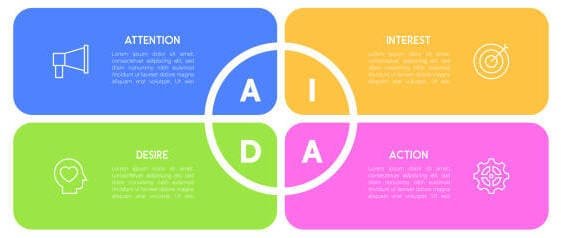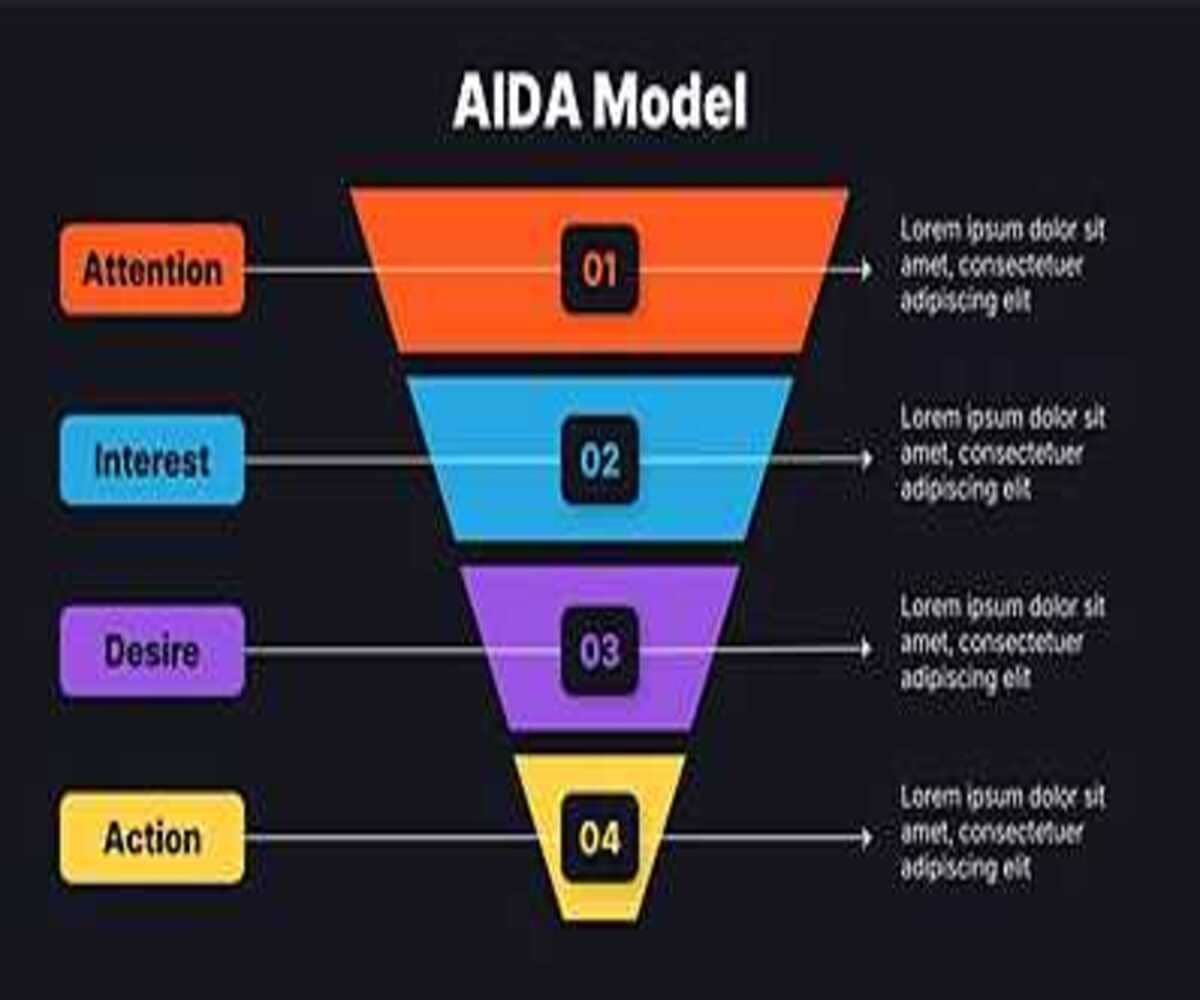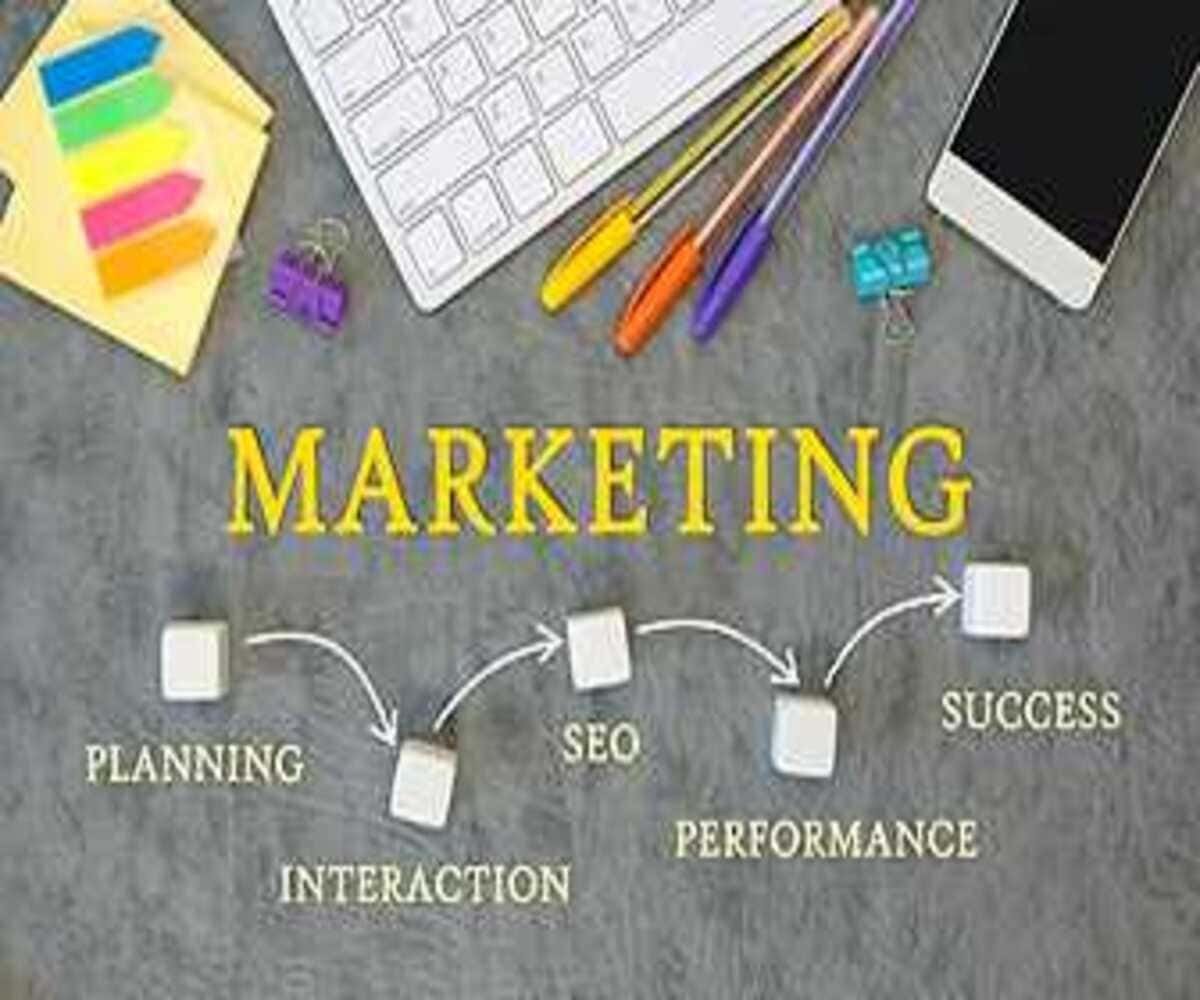Introduction
In the competitive world of marketing, understanding consumer behavior is key to driving sales and engagement. The AIDA Model is a time-tested framework that outlines the stages a customer goes through before making a purchase. AIDA stands for Awareness, Interest, Desire, and Action, and mastering this model helps businesses craft effective marketing strategies that convert prospects into loyal customers.
This model is widely used in advertising, digital marketing, and sales strategies to help businesses structure their customer journey effectively. By breaking down the process into these four stages, companies can optimize their marketing efforts to improve conversions and maximize revenue.
The Four Stages of the AIDA Model
1. Awareness: Capturing Attention
The first step in the customer journey is making them aware of your brand, product, or service. Without awareness, potential customers cannot engage with your offerings. This stage is all about visibility and brand recognition.
How to Build Awareness:
- SEO & Content Marketing – Publish high-quality blog posts, videos, and infographics to improve search rankings and provide valuable insights to potential customers.
- Social Media Marketing – Leverage platforms like Instagram, LinkedIn, Twitter, and Facebook to increase visibility and engage with audiences through compelling content.
- Paid Advertising – Use Google Ads, Facebook Ads, and influencer collaborations to reach a broader audience.
- Public Relations & Events – Participate in trade shows, webinars, press releases, and sponsorships to boost brand recognition and credibility.
- Word-of-Mouth & Referral Marketing – Encourage satisfied customers to share their experiences and refer others to your brand.
2. Interest: Engaging the Audience
Once potential customers are aware of your brand, the next step is to spark their interest. This involves educating them about how your product or service meets their needs and solving their problems.
Strategies to Generate Interest:
- Email Marketing – Send personalized newsletters, case studies, and educational content that aligns with customer interests and pain points.
- Engaging Website & Landing Pages – Provide clear and concise information with compelling visuals, interactive elements, and strong calls to action.
- Interactive Content – Quizzes, polls, live Q&A sessions, and webinars can help engage and educate prospects in an interactive way.
- Social Proof & Testimonials – Showcase real customer reviews, case studies, and success stories to build credibility and trust.
- Educational Webinars & Tutorials – Offering free workshops or instructional videos can provide value to potential customers and keep them engaged.
3. Desire: Creating Emotional Connection
At this stage, customers start developing a preference for your brand. Your goal is to turn their interest into a strong desire to purchase your product by emphasizing the unique benefits and emotional appeal of your offering.
Strategies to Build Desire:
- Storytelling & Brand Messaging – Use compelling narratives that resonate with your audience’s pain points, aspirations, and emotions.
- Product Demonstrations & Free Trials – Offering live demos, explainer videos, or trial periods allows customers to experience the benefits firsthand.
- Limited-Time Offers & Discounts – Creating urgency with exclusive deals, early-bird pricing, or limited stock availability can drive action.
- Comparison with Competitors – Highlight what makes your product stand out in terms of features, pricing, and benefits.
- Influencer & Expert Endorsements – Leverage testimonials from industry leaders or influencers to enhance credibility and desirability.
4. Action: Converting Interest into Sales
The final step is to encourage customers to take action, whether it’s making a purchase, signing up for a newsletter, requesting a demo, or engaging with your brand in another meaningful way.
Strategies to Drive Action:
- Clear Call-to-Action (CTA) – Use direct and persuasive CTAs like “Buy Now,” “Sign Up Today,” or “Get a Free Trial” to prompt immediate response.
- Simplified Checkout & Signup Process – Reduce friction by minimizing form fields, offering multiple payment options, and ensuring a seamless user experience.
- Follow-up & Retargeting Campaigns – Use retargeting ads, email follow-ups, and push notifications to re-engage potential buyers who did not complete their purchase.
- Money-Back Guarantees & Risk-Free Trials – Offering a safety net can help hesitant buyers overcome concerns and proceed with the purchase.
- Excellent Customer Support & Chatbots – Providing instant support through live chat, chatbots, and FAQs can help answer last-minute questions and remove objections.
Conclusion
The AIDA Model is a powerful tool for guiding customers through the buying journey, from discovering your brand to making a purchase. By optimizing each stage—Awareness, Interest, Desire, and Action—businesses can improve conversions, enhance customer engagement, and drive long-term success.
Modern marketing strategies integrate AIDA with digital tools, automation, and data-driven insights to create personalized and engaging customer experiences. Whether you’re a startup or an established business, applying AIDA principles can significantly enhance your marketing performance.
Boost Your Marketing Strategy with SignifyHR
At SignifyHR, we help businesses implement the AIDA Model effectively with tailored marketing strategies. Contact us today to enhance your sales funnel, improve customer engagement, and drive measurable results!
Download Full Course Materials











